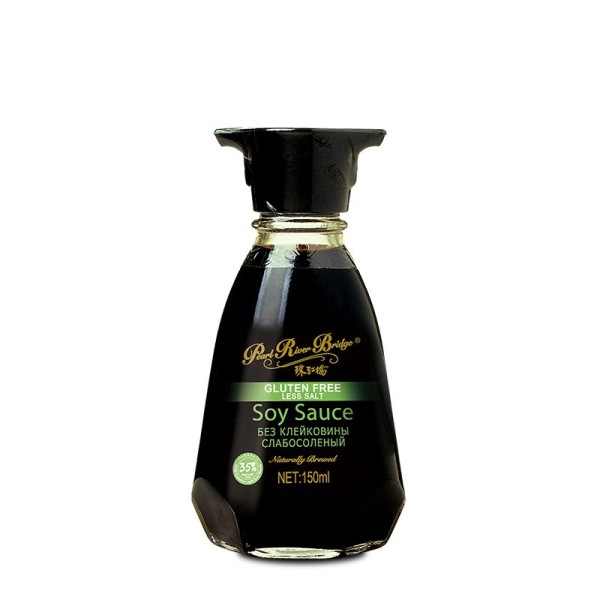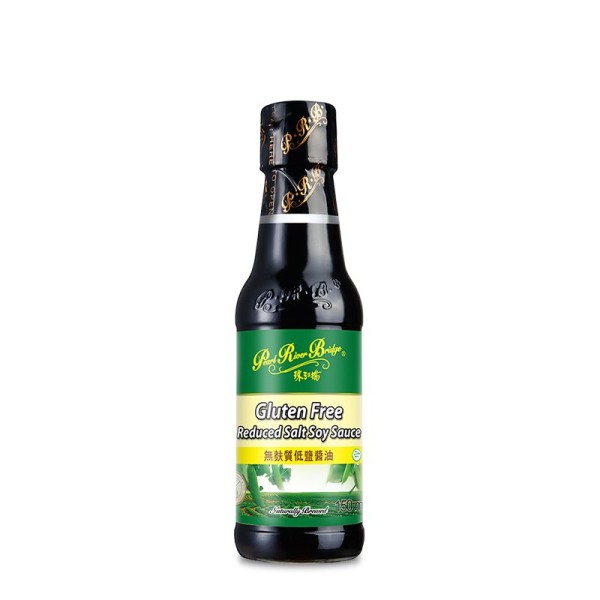


Soy sauce is a staple in kitchens around the world, and over time, it has evolved into various forms to suit different dietary needs, cooking styles, and regional preferences. From halal and organic versions to low-sodium and light varieties, the differences go far beyond just the label. One of the most frequently asked questions among home cooks and food lovers is how the flavor varies between these types—especially when trying to choose the right soy sauce for a specific dish.
To answer this question, we’ll take a closer look at the flavor profiles of halal soy sauce, regular soy sauce, light soy sauce, organic soy sauce, and low salt soy sauce, with a focus on how ingredients, fermentation time, and sodium levels impact taste.
Before diving into the variations, it’s helpful to understand what defines regular soy sauce. Traditional soy sauce is typically made from a mix of soybeans, wheat, water, and salt, and is aged through fermentation for several months. The result is a dark, rich liquid with a balanced blend of saltiness, umami, and a slightly sweet undertone from the wheat.
A blind taste test conducted by the Culinary Institute of America in 2022 found that regular soy sauce tends to have the highest perceived depth of flavor compared to lighter or reduced-salt versions. Testers described it as having a bold, roasted profile with notes of mushroom and molasses.
This makes regular soy sauce ideal for marinades, braised dishes, and sauces that need strong, lingering umami. However, its relatively high salt content—around 900–1000mg of sodium per tablespoon—can be a drawback for people monitoring their sodium intake.

Despite the name, light soy sauce doesn’t necessarily mean low in sodium. In fact, it often contains more salt than regular soy sauce per volume. The “light” refers to color and body—it’s a thinner, more transparent liquid with a lighter brown tone and shorter fermentation period.
Taste-wise, light soy sauce delivers a sharper, salt-forward flavor with less depth and sweetness. It’s typically used in Cantonese cuisine to season stir-fries, steamed dishes, and dipping sauces where preserving the natural color of the ingredients is important. According to a consumer flavor preference survey by FoodNavigator Asia (2023), 61% of home cooks preferred light soy sauce in quick-cooking applications due to its cleaner taste and brighter finish.
Compared to regular soy sauce, light soy sauce doesn’t linger on the palate as long but brings a crisp, savory edge that enhances fresh vegetables, seafood, and tofu.
Halal soy sauce isn’t a flavor category in itself, but rather a version of soy sauce made in compliance with Islamic dietary laws. This means it must be free from alcohol and any ingredients derived from non-halal animal sources. Since many traditional soy sauces are fermented with the help of yeast or other agents that may produce trace alcohol, halal soy sauce requires special production methods—such as chemical hydrolysis or controlled microbial fermentation.
In terms of flavor, halal soy sauce is very close to regular soy sauce when naturally brewed. However, chemically hydrolyzed versions may taste slightly less complex, with a sharper saltiness and less fermented aroma. Brands that specialize in natural fermentation while staying halal-certified often use alternative fermentation strains or longer brewing times to match the depth of traditional soy sauce.
Many halal-certified products on the market, including halal light soy sauce, offer versatility without compromising on religious standards or flavor expectations. For families observing halal diets, this ensures they can enjoy authentic Asian flavors across various cuisines.
Organic soy sauce is made from organically grown soybeans and wheat, without the use of synthetic pesticides, additives, or genetically modified ingredients. While the core ingredients and brewing process are similar to that of regular soy sauce, the organic sourcing tends to result in subtle flavor differences.
Taste panels organized by Organic Food Magazine in 2023 noted that organic soy sauce often has a slightly milder saltiness and more pronounced earthy or nutty undertones. The umami is still present but is more delicate, making organic soy sauce a popular choice in dressings, sushi, and light broths.
Because of stricter ingredient sourcing and minimal processing, some organic soy sauces may also carry a hint of raw bean flavor, which some users describe as "cleaner" or "purer." When combined with other high-quality organic ingredients, the difference becomes more noticeable.
For health-conscious consumers, low salt soy sauce offers a way to enjoy the depth of soy flavor without overloading on sodium. Typically, low salt varieties reduce sodium content by 40% to 50% compared to regular versions, often landing at around 500mg per tablespoon.
Flavor-wise, low salt soy sauce is milder and rounder. It doesn’t pack the same punch as regular or light soy sauce but still carries enough umami to be functional in most dishes. Chefs often recommend using low salt soy sauce in recipes that already include other salty ingredients like broth or miso.
It’s also a go-to for individuals on sodium-restricted diets, as well as in children’s meals or elder-friendly cooking. Some brands boost the umami profile with natural mushroom or seaweed extracts to compensate for the reduced salt.


Understanding the flavor difference between halal soy sauce, light soy sauce, regular soy sauce, organic soy sauce, and low salt soy sauce ultimately comes down to what you’re cooking and who you’re cooking for. A stir-fry may benefit from the sharpness of light soy sauce, while a rich beef stew needs the depth of a regular version. Organic sauces shine in clean recipes with fresh produce, while low salt and halal varieties make soy sauce accessible to a wider audience without compromising dietary or health needs.
Soy sauce may be a humble ingredient, but its variety offers far more than just saltiness—it brings culture, craft, and complexity to every dish it touches.
Hi! Click one of our members below to chat on